Photo by Jen Holt
By Ron Lane
The early spring days in the bee yard often bring surprises, turning the apiary into an excellent outdoor classroom. If the beekeeper is observant and willing to follow clues left by the bees, it would be a rare season indeed that leaves the beekeeper without a new lesson. In this month’s newsletter I would like to share with you one of those lessons.
In early May I removed a queen, some brood and nurse bees (artificial swarm) from a strong colony that had wintered very well. I found the queen on the first frame I pulled at the very outside edge of the box, roaming around on capped honey. This struck me as a little strange but what the heck, it was an easy find. I was out to create a split and the queen seemed to want to cooperate. Only later did this oddity fit into the equation.
I “notched” numerous cells containing eggs and young larva, (which always produces plenty of queen cells) and returned 5 days later to remove the capped queen cells. From egg to capped queen cell is a process that typically takes eight days. Queen cells capped prior to that are raised from older larva that does not always receive the appropriate amount of royal jelly which can result in weaker queens.
To my surprise the colony had produced very few queen cells, just four as matter of fact and all of them were capped. It was quite unusual to find that no queen cells had been produced from the notched cells with eggs. Upon further inspection I found nearly two full frames of eggs in the bottom hive box, (remember the queen had been removed 5 days earlier) and yet there were these four queen cells. What was up with that?
It became apparent that on the day I removed the queen she had already been replaced. Most likely the new queen had not completed her mating flights yet. That may explain how the colony prepared some queen cells from older larva, but stopped short of building queen cells from the notched cells with eggs. I believe the new queen completed her breeding flights almost immediately after I removed the first queen. After breeding, her pheromone production fully developed and that stopped the construction of additional queen cells. A few days later she was laying the eggs I found.
If you recall, the queen I removed was found on an outside frame of honey at the very top of the hive. I believe she had moved as far away from the new queen as possible and that is why I found her in such an unlikely place.
Most of the literature says up to 20 percent of spring hives contain two queens as they prepare to swarm or replace the old queen via supercedure. I had not come across two queens in the same colony before, but now I know firsthand that it is something a beekeeper should keep in mind when managing colonies in the spring.
In summary, it took a bit to put all the pieces together, but after following the trail of evidence, I came to understand that my hive had two queens in it on the day I removed the first queen to make the split. Prior to breeding, young queens are difficult to distinguish from regular worker bees and can easily be overlooked when examining a frame. They do not grow into the large queen size bodies we are familiar with until after breeding.
For the beginners and second year beekeepers reading this, this is a good reminder that more happens in the bee yard in spring than at any other time of year. However, many beginning beekeepers will miss out on the opportunity to experience the spring season because they have been unable to keep their bees alive through the winter. For that you need healthy “winter bees” and it is worth your time to spend the next month or so researching how to prepare a colony to raise healthy winter bees.

